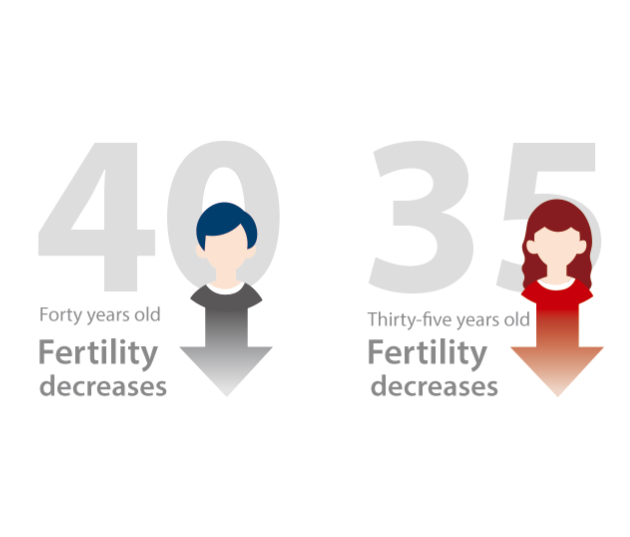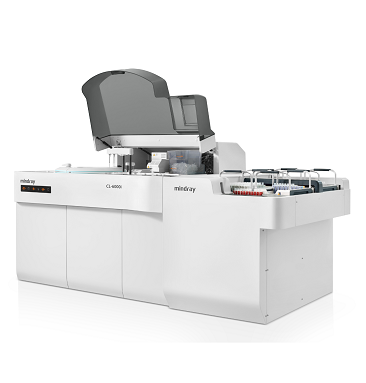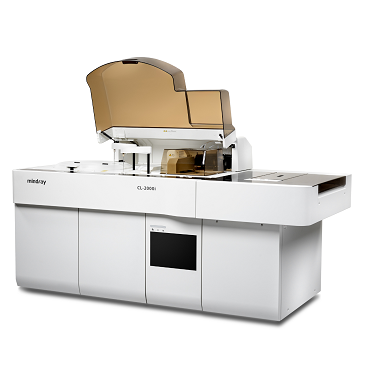Struggling to get pregnant?
Age has a significant impact on fertility-fertility tends to drop after the age of 35 for women, and 40 for men.
When women prepare to conceive, the doctors may recommend checking the ovarian reserve. Ovarian reserve is the term used to define the capacity of the ovary to provide egg cells that are capable of fertilization resulting in a healthy and successful pregnancy. The ovarian reserve declines as women age, resulting in a decrease in the reproductive function.

What hormones tests are frequently used to assess the ovarian reserve?
The ovarian reserve is a complex clinical phenomenon that is influenced by age, genetics, and environmental variables. The outcome can be predicted by performing ovarian reserve tests.

Why is AMH a better marker for the ovarian reserve?
AMH is produced by ovarian granulosa cells in women, and by Sertoli cells in the testis in men. Its first described function was in fetal sex differentiation.
Estradiol, luteinizing hormone (LH) and follicle stimulating hormone (FSH) levels change during the different phases of women’s ovarian cycles. However, AMH levels remain constant.

What is the role of AMH in the ovulation process?
The AMH value reflects the number of preantral follicles developed from the original follicle, which is the reserve function of the ovary.
Do AMH levels change with age?
AMH is produced in the follicles of women of reproductive age and inhibits the transition of follicles from the primordial to the primary stage. AMH controls follicular maturation using two mechanisms to control two different stages of follicular recruitment.
What are the factors that may affect serum AMH?

Why AMH is widely assessed in clinical settings?
Serum AMH levels are indicative of the size of the growing follicle pool. Changes in serum AMH levels occur relatively early in the sequence of events associated with ovarian aging. AMH demonstrates the highest accuracy in predicting the occurrence of menopausal transition. Therefore, AMH is applied as a marker for ovarian status evaluations in many clinical settings.
Mindray‘s AMH assay
Mindray provides AMH assay that can deliver accurate and reliable detection of the ovarian reserve hormone.

References:
https://selfhacked.com/blog/anti-mullerian-hormone/
https://www.self.com/story/diminished-ovarian-reserveWikipedia-AMH
https://www.whitelotusclinic.ca/blog/dr-fiona-nd/amh-pcos-test/
https://www.shadygrovefertility.com/blog/diagnosing-infertility/amh-level-and-your-ovarian-reserve/
Bakker J. (2014) Sex Differentiation: Organizing Effects of Sex Hormones. In: Kreukels B., Steensma T., de Vries A. (eds) Gender Dysphoria and Disorders of Sex Development. Focus on Sexuality Research. Springer, Boston, MA.
Dewailly D, Andersen CY, Balen A, Broekmans F, Dilaver N, Fanchin R, et al. The physiology and clinical utility of anti-Mullerian hormone in women. Hum Reprod Update. 2014;20(3):370–85. doi:10.1093/humupd/dmt062.
Dennis. NA., (2012) Is Anti-Mullerian Hormone a Hormone? 10.13140/2.1.1573.3440.
Kelsey TW, Wright P, Nelson SM, Anderson RA, Wallace WH. A validated model of serum anti-Müllerian hormone from conception to menopause. PloS one 2011; 6:e22024.





